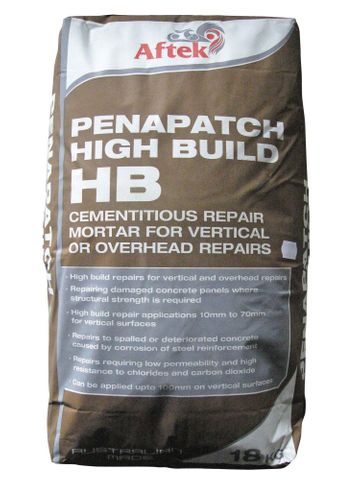
AFTEK PENAPATCH HIGH BUILD HB
Description
<p>Aftek High Build HB Repair Mortar is a fine filled, light weight cementitious mortar, specifically formulated for the repair of damaged concrete where a high build is required. It has and exceptional adhesion to concrete and masonry materials with negligible shrinkage and allows build of 70mm without slump. It can be applied on vertical surfaces with a minimum application depth of 12mm, and is suitable for vertical and overhead work. </p><p><b>Features:</b></p> <li>High Build – up to 70mm</li><li>Fast setting</li><li>Durable</li><li>Excellent adhesion</li><li>Low permeability</li> </p><p><b>Ideal for:</b></p> <li>Repairing damaged concrete where a high build is required</li><li>High build repairs for vertical and overhead work</li><li>Repairing damaged concrete panels where some structural strength is required</li><li>Repairs to spalled or deteriorated concrete caused by corrosion of steel reinforcement</li><li>Repairs requiring low permeability and high resistance to chlorides and carbon dioxide</li> </p><h2>APPLICATION</h2> <p><b>Surface Preparation:</b></p><p> All contacted surfaces must be free of oil, grease or other contamination which may inhibit bond. Any cracked or weakened concrete should be removed prior to being repaired to provide a solid foundation. Scabbling or water blasting should be used to remove laitance and provide a mechanical key. Concrete should be broken out to expose all rust affected reinforcement. Exposed steel reinforcement must be sound and free of rust or scale. Damaged sections of reinforcing bars should be removed and replaced with new material.</p><p>Avoid feather edging. Carefully delineate all edges of the section to be repaired. Break concrete out if necessary, to ensure a minimum depth of 12mm is achieved. </p><p>Priming all contacted masonry surfaces with Rendergrip B is essential to ensure good adhesion and optimum build. Maximum build is achieved while the primer is still tacky. Where the substrate is very porous pre-dampening with water may be required. Free water on the surface will reduce the bond and ultimate strength. Prime all exposed steel with Zinc Primer for further protection. </p> <p><b>Mixing:</b></p><p> HB Repair Mortar is suitable for mixing using a drill and suitable paddle, or by hand where only a small quantity is required. Use 3.0 - 3.2 litres of water per bag of HB Repair Mortar to achieve a smooth, soft mortar consistency. Excess water will reduce the final strength and make application of the render more difficult. Always add the powder to the water while mixing slowly to avoid lumps. Only mix that quantity of material that can be used within the setting time. Do not attempt to rework or re-temper any partially set product. </p> <p><b>Placement:</b></p><p> Apply the mixed HB Repair Mortar to the substrate using a trowel or gloved hand to give the required finished thickness. Ensure proper compaction around reinforcing bars. The maximum thickness applied in any application should be limited to 70mm. Feather edging must be avoided be used in patch repairs. A minimum thickness of 12mm should be maintained by saw cutting the edge of repairs. Where the depth of repair is greater than 70mm, the repair mortar may be built up in layers with 24 hours between applications. Consult our technical staff for specific advice on the most suitable means of carrying out large scale repairs.</p><p>The application of a thin coat of Rendergrip B as a curing membrane will reduce premature drying in repairs. Where repairs are subject to direct sun or strong winds the use of Curecon A is recommended. </p><p><b>Clean Up:</b> </p><p> Clean all equipment with water immediately after use. </p><b>Storage:</b><p> Should be used within 12 months of manufacture. </p><b>Yield:</b><p> An 18 kg bag of HB Repair Mortar mixed with 3 - 3.2 litres of water will cover approximately 1.4 m2 at an average thickness of 10mm
